
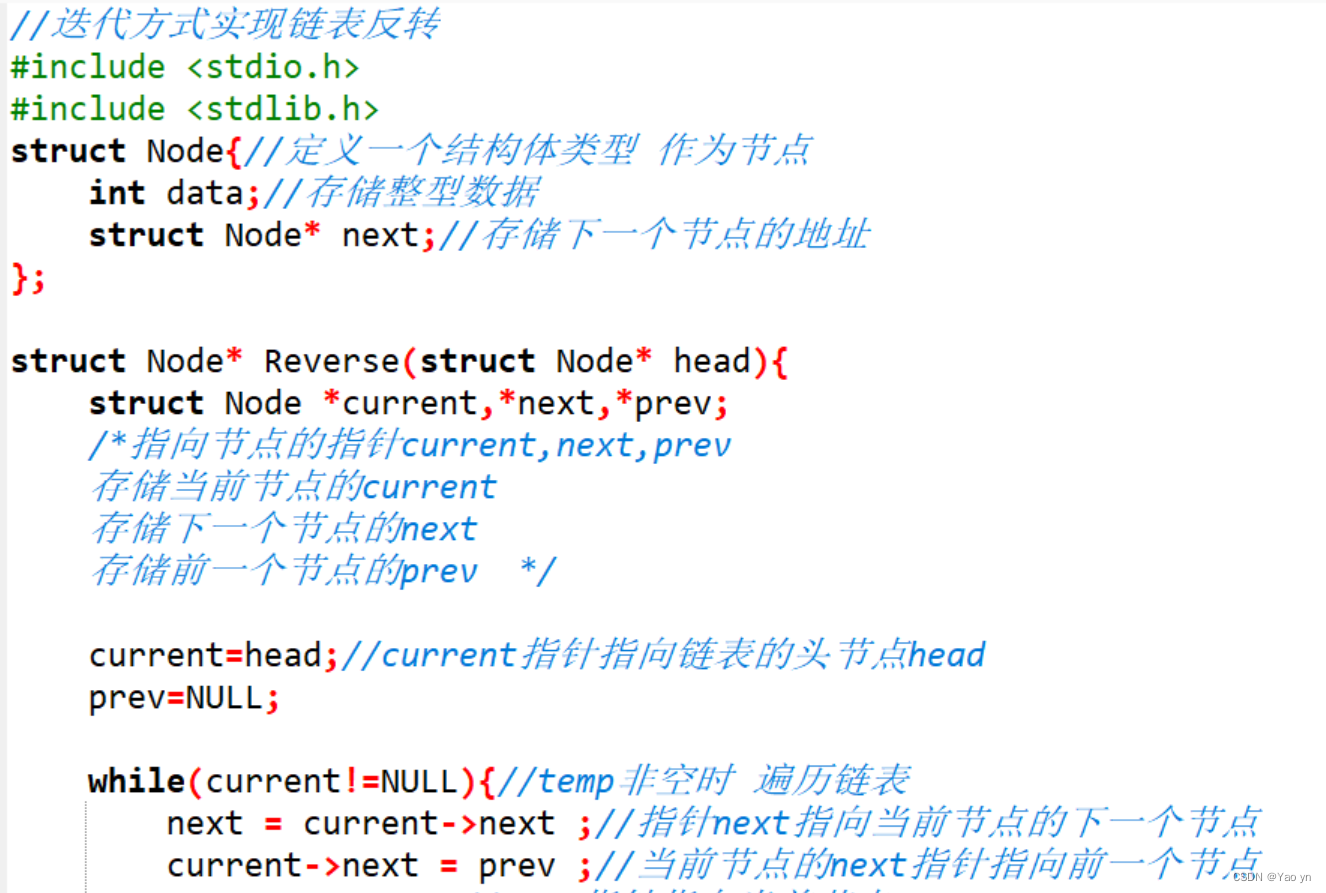

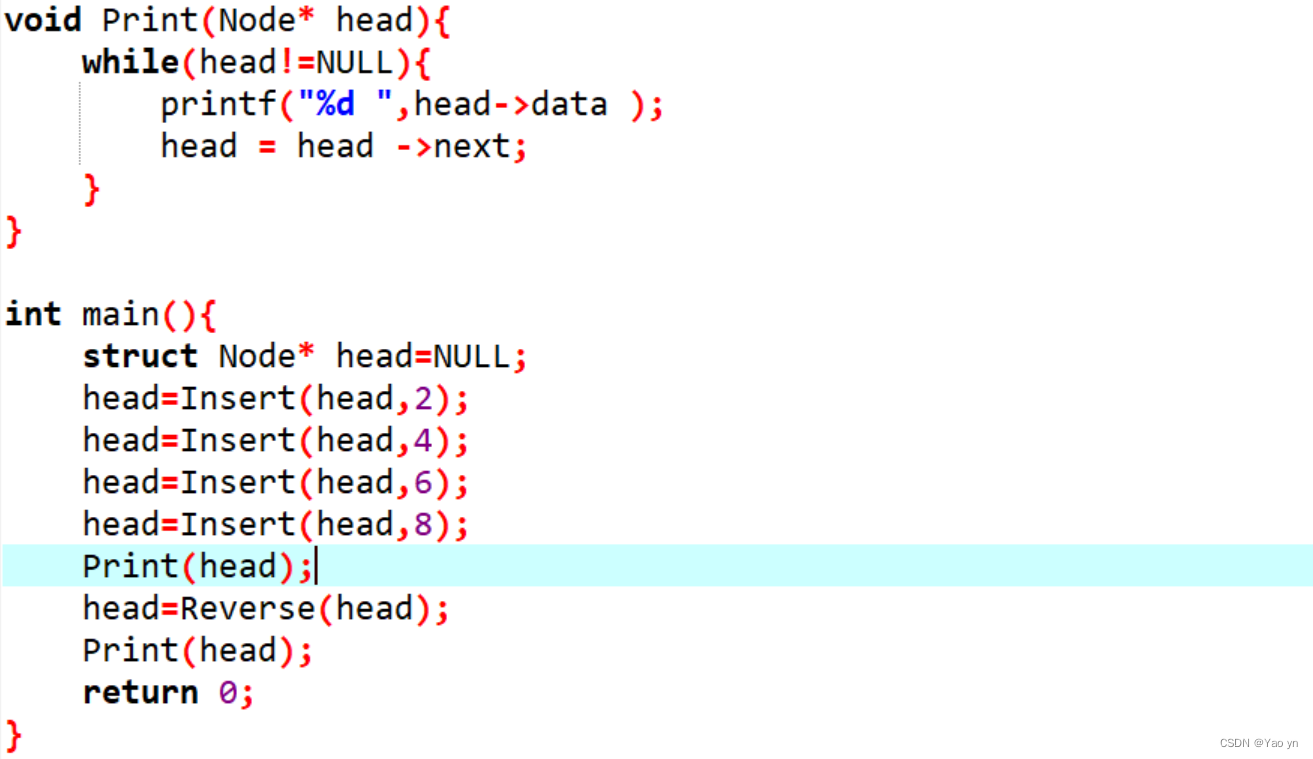
#include <stdio.h>
#include <stdlib.h>
这两行是包含标准的输入输出库和动态内存分配库,以便你能够使用 printf、scanf 和 malloc 函数。
struct Node{//定义一个结构体类型 作为节点
int data;//存储整型数据
struct Node* next;//存储下一个节点的地址
};这里定义了一个结构体 Node,表示链表的节点。每个节点包含一个整型数据 data 和一个指向下一个节点的指针 next。
struct Node* Reverse(struct Node* head){
struct Node *current,*next,*prev;
/*指向节点的指针current,next,prev
存储当前节点的current 存储前一个节点的prev */这里定义了一个名为 Reverse 的函数,用于反转链表。函数接受一个指向链表头节点的指针作为参数,并返回反转后的链表头节点的指针。在函数内部,定义了三个指针变量 current、next 和 prev,用来遍历链表并记录当前节点、下一个节点和前一个节点的地址。
current=head;//current指针指向链表的头节点head
prev=NULL;将 current 指针指向链表的头节点 head,将 prev 初始化为空指针,表示当前节点的前一个节点为空。
while(current!=NULL){//temp非空时 遍历链表
next = current->next ;//指针next指向当前节点的下一个节点
current->next = prev ;//当前节点的next指针指向前一个节点
prev = current;//prev指针指向当前节点
current = next;//current指针指向下一个节点
}在一个 while 循环中,遍历整个链表。在每一次循环中,先将 next 指针指向当前节点 current 的下一个节点,以便在修改当前节点的 next 指针时不丢失对下一个节点的引用。然后将当前节点的 next 指针指向前一个节点 prev,从而实现链表的反转。最后,更新 prev 为当前节点 current,current 更新为下一个节点 next。
//head指针指向反转后的链表的头节点,并返回head指针
head = prev;
return head;
}循环结束后,将链表的头节点指针 head 更新为反转后的链表的头节点 prev,然后返回 head 指针。
Node*Insert(Node* head,int data){
Node *temp = (struct Node*)malloc(sizeof(struct Node));
temp->data = data;
temp->next = NULL;这是一个插入节点的函数 Insert,接受一个指向链表头节点的指针 head 和要插入的整数数据 data。函数首先动态分配一个新节点 temp,然后将新节点的数据域 data 设置为传入的数据,将新节点的指针域 next 设置为 NULL。
if(head==NULL) head=temp;
else {
Node* temp1 = head;
while(temp1->next !=NULL) temp1=temp1->next;
temp1->next = temp;
}
return head;
}接着,函数检查链表是否为空。如果链表为空,则将 head 指针指向新节点 temp。否则,遍历链表直到找到最后一个节点,然后将新节点连接到链表的末尾。
void Print(Node* head){
while(head!=NULL){
printf("%d ",head->data );
head = head ->next;
}
}这是一个打印链表节点数据的函数 Print,接受一个指向链表头节点的指针 head。函数通过循环遍历链表,逐个打印每个节点的数据,并将指针移动到下一个节点。
int main(){
struct Node* head=NULL;
head=Insert(head,2);
head=Insert(head,4);
head=Insert(head,6);
head=Insert(head,8);
Print(head);
head=Reverse(head);
Print(head);
}最后,在 main 函数中,你创建了一个空链表,然后依次插入了四个节点(2、4、6、8),然后调用 Print 函数打印原始链表。接着调用 Reverse 函数反转链表,再次调用 Print 函数打印反转后的链表。
//迭代方式实现链表反转
#include <stdio.h>
#include <stdlib.h>
struct Node{//定义一个结构体类型 作为节点
int data;//存储整型数据
struct Node* next;//存储下一个节点的地址
};
struct Node* Reverse(struct Node* head){
struct Node *current,*next,*prev;
/*指向节点的指针current,next,prev
存储当前节点的current
存储下一个节点的next
存储前一个节点的prev */
current=head;//current指针指向链表的头节点head
prev=NULL;
while(current!=NULL){//temp非空时 遍历链表
next = current->next ;//指针next指向当前节点的下一个节点
current->next = prev ;//当前节点的next指针指向前一个节点
prev = current;//prev指针指向当前节点
current = next;//current指针指向下一个节点
}
//head指针指向反转后的链表的头节点,并返回head指针
head = prev;
return head;
}
Node*Insert(Node* head,int data){
Node *temp = (struct Node*)malloc(sizeof(struct Node));
temp->data = data;
temp->next = NULL;
if(head==NULL) head=temp;
else {
Node* temp1 = head;
while(temp1->next !=NULL) temp1=temp1->next;
temp1->next = temp;
}
return head;
}
void Print(Node* head){
while(head!=NULL){
printf("%d ",head->data );
head = head ->next;
}
}
int main(){
struct Node* head=NULL;
head=Insert(head,2);
head=Insert(head,4);
head=Insert(head,6);
head=Insert(head,8);
Print(head);
head=Reverse(head);
Print(head);
return 0;
}


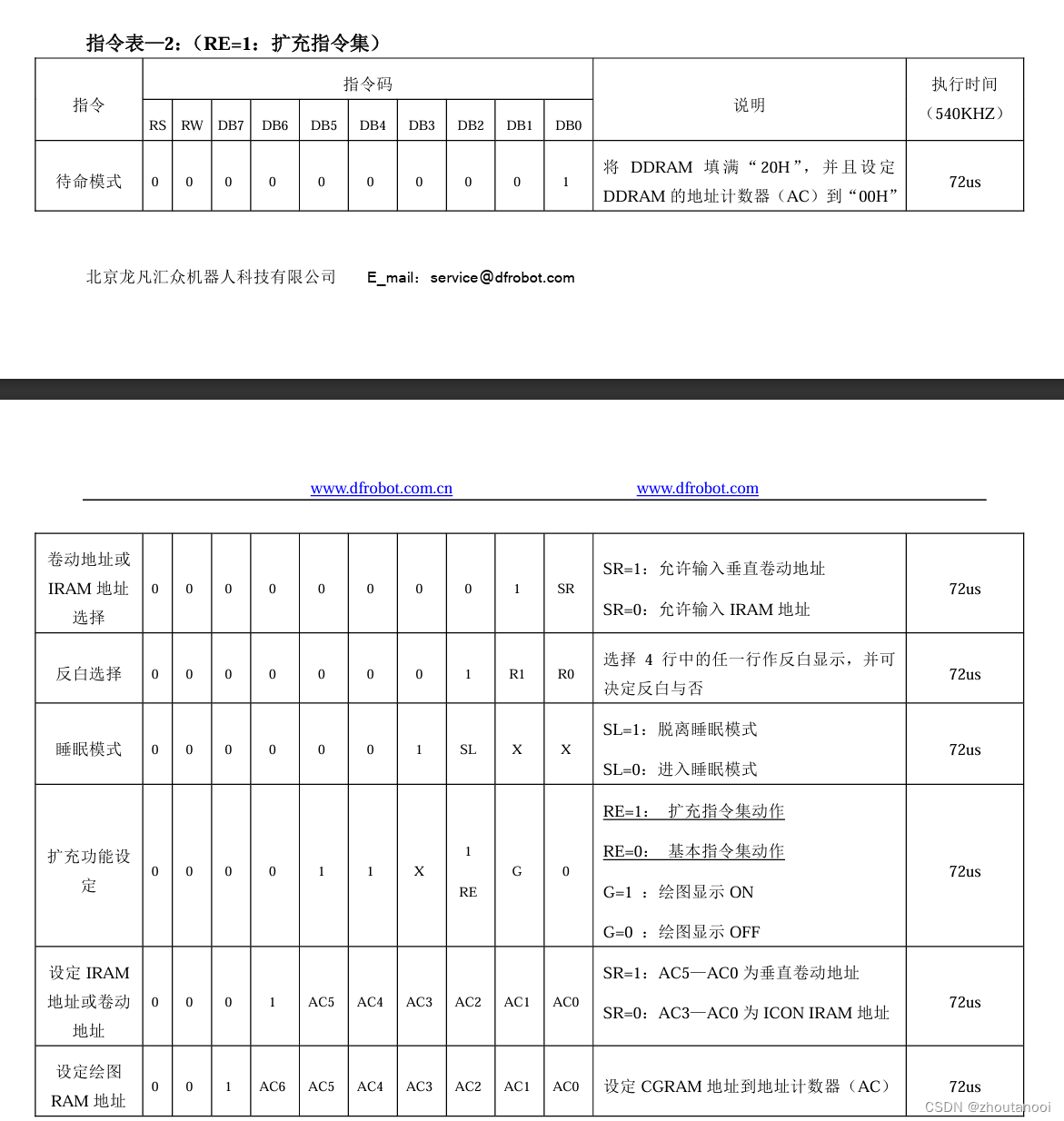
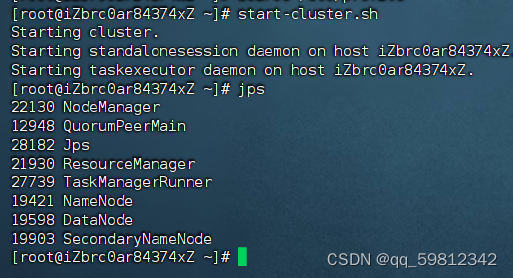


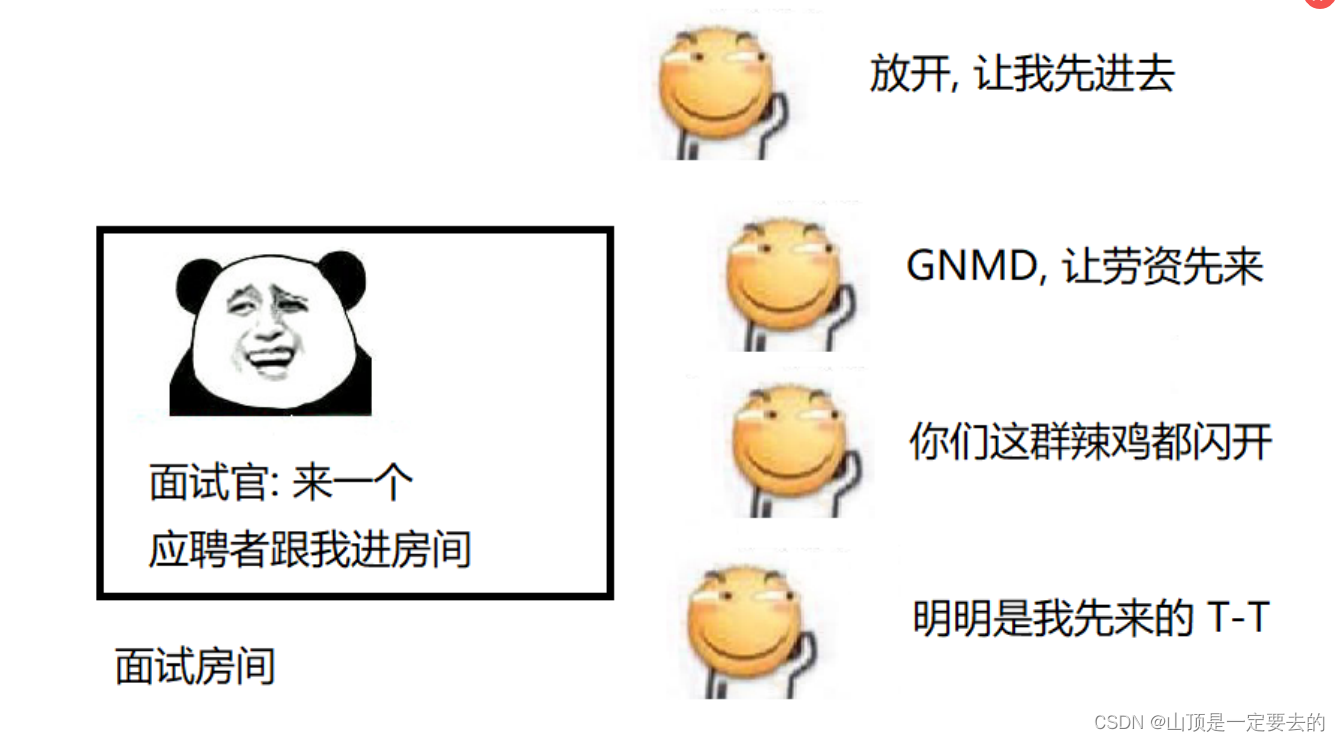
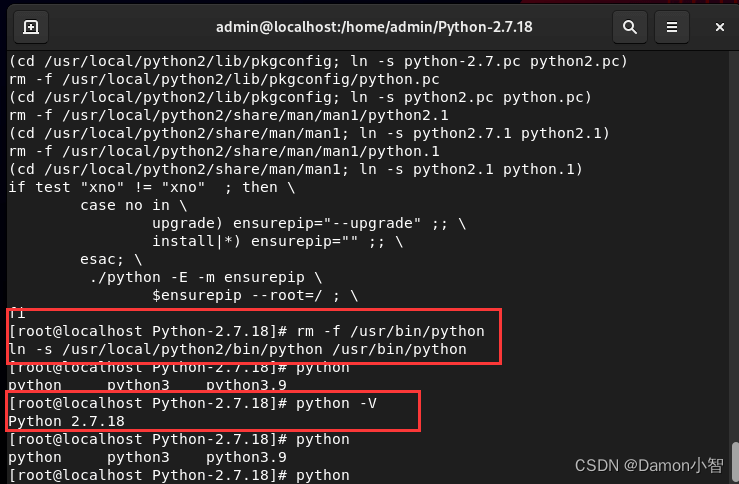
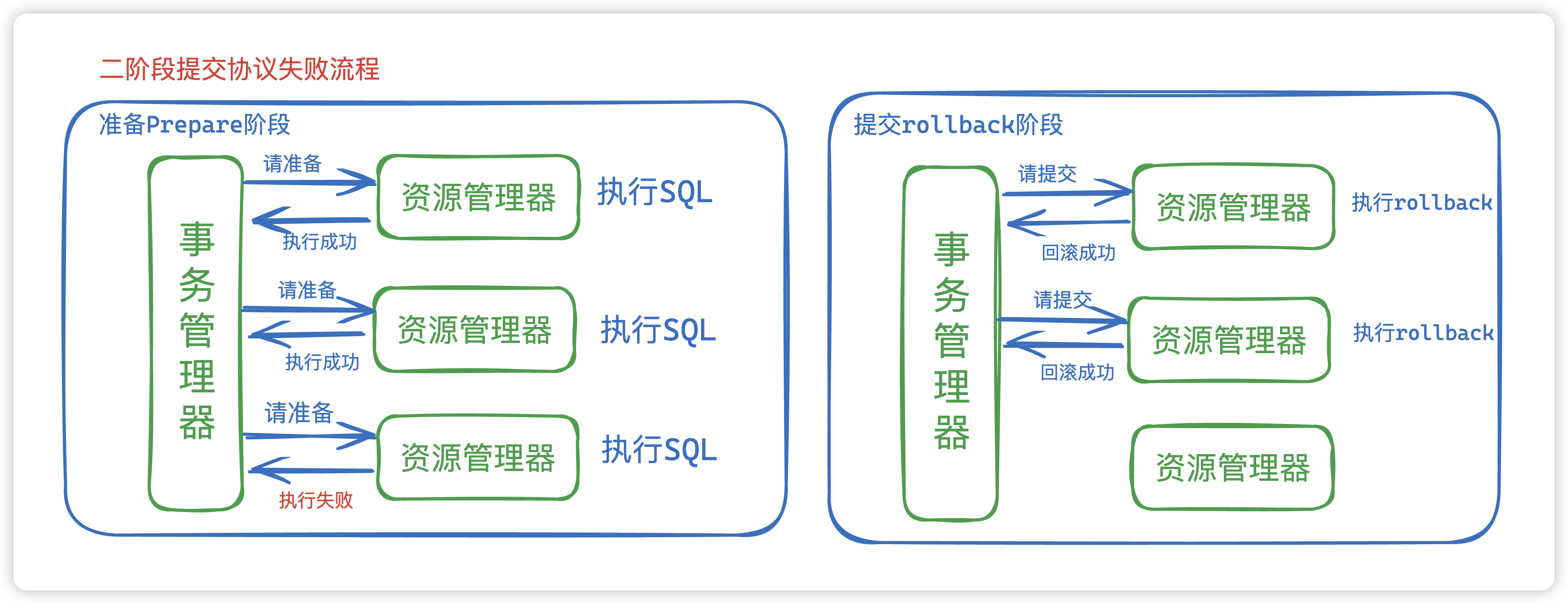

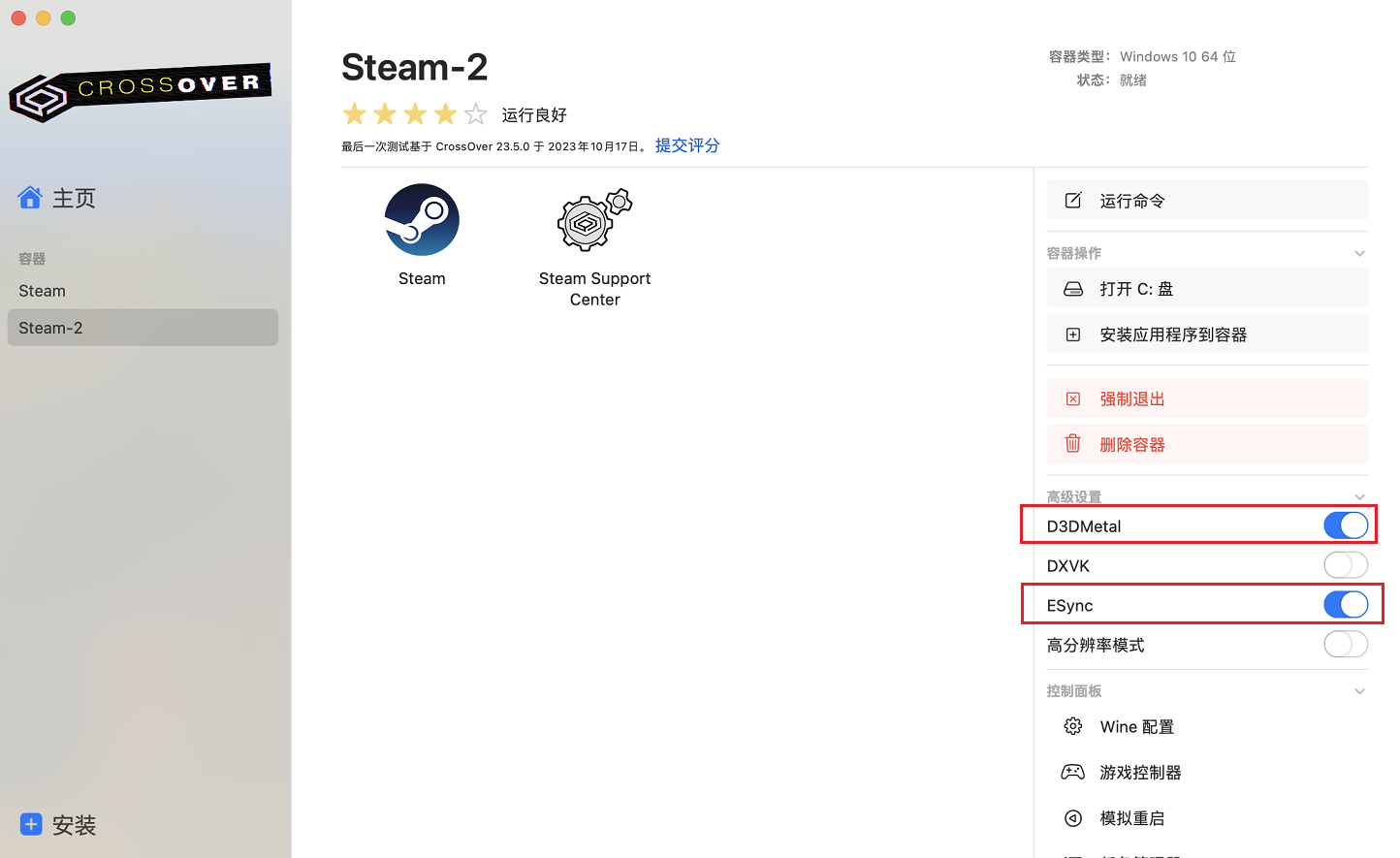



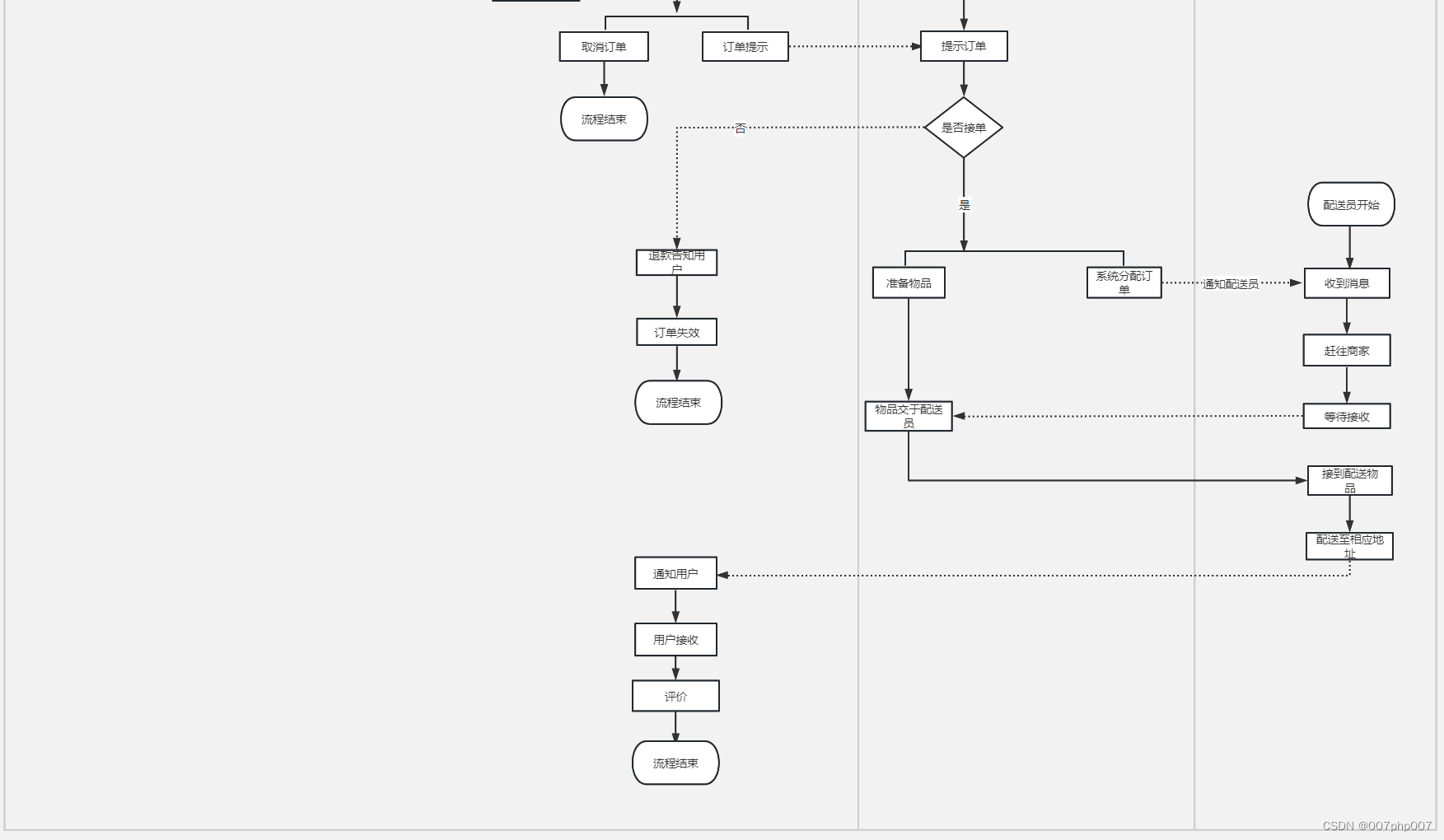
![[每周一更]-(第88期):Nginx 之 proxy_pass使用详解](https://img-blog.csdnimg.cn/direct/b1b8815977f942bab4d4537cee062593.jpeg#pic_center)


